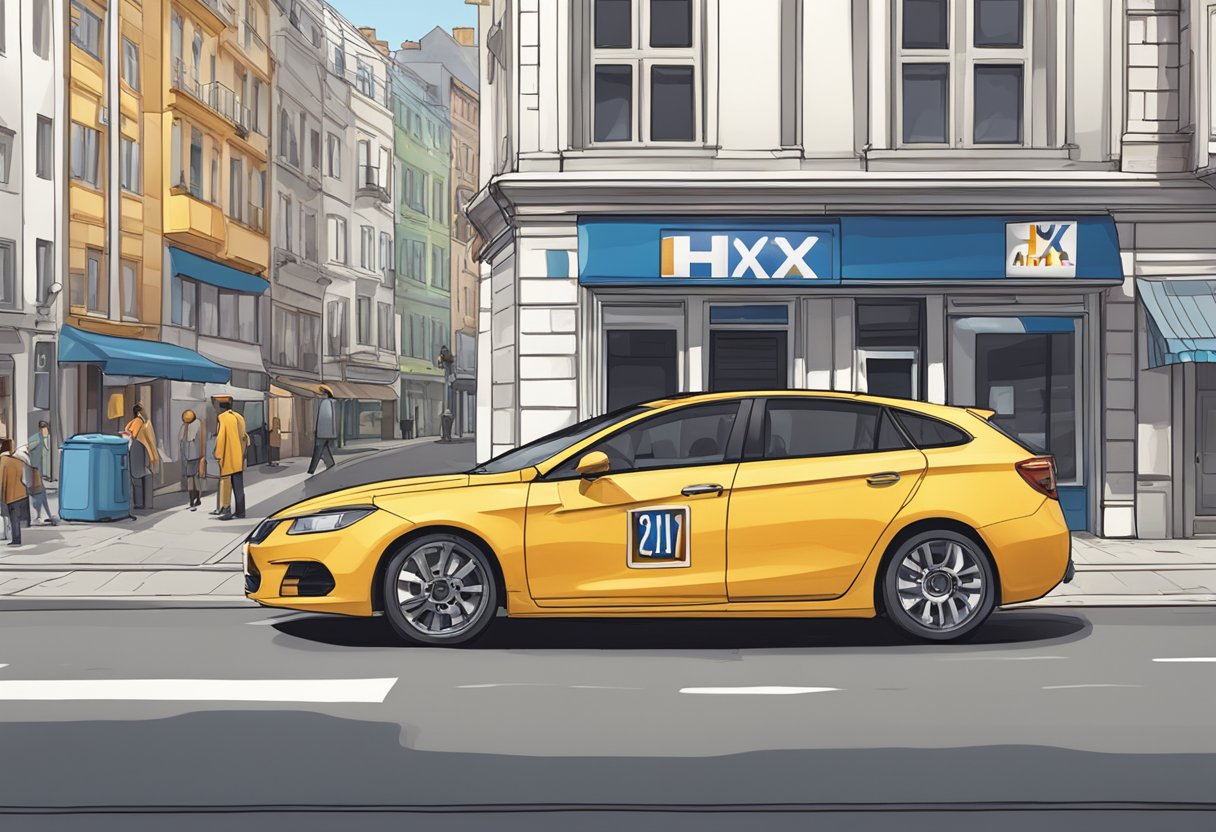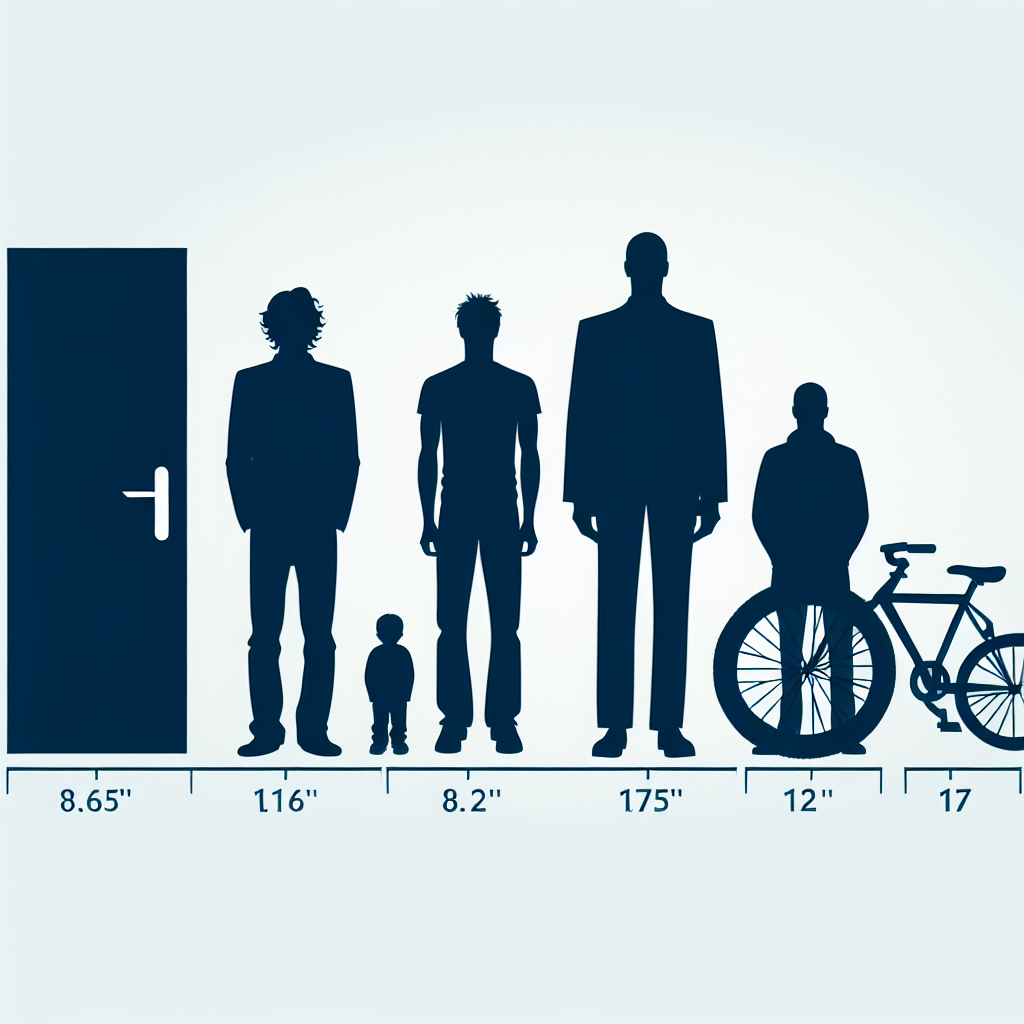Exploring Electric Car Battery Swap Stations: A Revolutionary Solution for Sustainable Transportation
Electric car battery swap stations are emerging as a pivotal solution in the quest for sustainable and efficient electric vehicle (EV) charging. This article delves into the intricacies of battery swap stations, addressing key questions about their operation, advantages, challenges, and future outlook.

The Future of Electric Mobility: Understanding Electric Car Battery Swap Stations
Electric vehicles (EVs) are gaining traction globally, promoting a cleaner and greener future. However, the challenges surrounding charging infrastructure have prompted innovation, leading to the development of electric car battery swap stations. These stations offer a compelling alternative to traditional charging methods. In this article, we explore the nuances of battery swap technology, addressing frequently asked questions and highlighting its significance in the electric mobility landscape.
What is an Electric Car Battery Swap Station?
An electric car battery swap station is a facility where depleted EV batteries can be exchanged for fully charged ones within minutes. Unlike conventional charging stations, where drivers must wait for their batteries to charge, a battery swap allows for quick transitions. At a swap station, the vehicle’s depleted battery is automatically removed and replaced with a charged one, streamlining the process and adding convenience for drivers.
How Does a Battery Swap Work?
The process of swapping a battery typically involves the following steps:
- Arrival: The EV approaches the swap station, where sensors detect its battery status.
- Alignment: Automated systems position the vehicle correctly for the swap.
- Battery Removal: The depleted battery is detached from the vehicle.
- Battery Replacement: A fully charged battery is installed.
- Departure: The driver can leave the station in a matter of minutes, with a fully charged battery ready to go.
What Are the Key Benefits of Electric Car Battery Swap Stations?
Battery swap stations offer numerous advantages, making them a notable option for EV users:
- Speed and Convenience: Swapping a battery takes only about 3 to 5 minutes, which is significantly faster than traditional charging methods.
- Longer Range: Drivers can swap batteries instead of planning trips around charging station placements, easing range anxiety.
- Better Battery Management: Stations can manage battery health, ensuring they are maintained optimally and enhancing longevity.
- Increased Availability: Locations set up for battery swaps can support multiple vehicles simultaneously, serving more customers efficiently compared to traditional charging stations.
- Sustainability: By centrally managing batteries, swap stations can optimize charging times, reducing the strain on the power grid and maximizing the usage of renewable energy.
What Are the Challenges Faced by Battery Swap Stations?
Despite their advantages, battery swap stations also face a variety of challenges:
- Standardization: Different EV manufacturers may have unique battery designs, complicating the establishment of a universal swap system.
- Upfront Costs: The investment required to build swap stations and stock them with compatible batteries can be substantial.
- Market Adoption: Convincing users to adopt battery swapping requires widespread availability and consumer trust, which may take time.
- Logistics of Battery Management: Efficiently managing the charging and distribution of batteries can present logistical challenges.
- Lack of Consumer Awareness: Many potential users are unfamiliar with battery swap technology, which could hinder market growth.
Which Electric Vehicles Use Battery Swap Stations?
Currently, several electric vehicle manufacturers are exploring or implementing battery swap technology. Notable examples include:
- Gogoro: This company focuses on electric scooters and has pioneered battery swapping in urban settings.
- NIO: NIO has integrated battery swap stations in China, allowing users to swap batteries conveniently.
- Aulton: Aulton, a lesser-known company, is also creating a network of battery swap stations for electric vans and cars.
What is the Future of Battery Swap Stations?
The future of electric car battery swap stations looks promising, particularly as the demand for sustainable transport intensifies. Innovations in battery technology, coupled with a growing network of stations, could lead to broader acceptance:
- Technological Advancements: Ongoing research and development may lead to universal battery designs that streamline the swapping process.
- Collaborations Between Manufacturers: Partnerships among automakers could facilitate standardized batteries and increase market penetration.
- Infrastructure Expansion: Government policies promoting green initiatives might bolster investments in new swap station networks.
- Enhanced Consumer Acceptance: As customers become more familiar with battery swapping, user adoption is likely to grow.
Conclusion
Electric car battery swap stations present an innovative solution to many challenges currently faced by the electric mobility industry. By offering speed, convenience, and enhanced battery management, swap stations can play a significant role in transforming how we recharge electric vehicles. While challenges exist, continued advancements and an evolving infrastructure could solidify battery swap systems as a prevalent feature in the future of sustainable transportation.
New posts

The Rise of E-Mobility Start-Ups: Transforming the Future of Transportation
Electric Vehicles

Understanding the Percentage of Electric Cars in Norway: A Comprehensive Analysis
Sustainability

Exploring Electric Car Battery Swap Stations: A Revolutionary Solution for Sustainable Transportation
Electric Vehicles

Latest E-Mobility News: Trends, Innovations, and Insights
Sustainability

The Future of Performance: Exploring Audi Quattro Electric Technology
Sustainability

Understanding Bio Hybrids: Revolutionizing Biotechnology
Technology

Bio Hybrid vs Electric: Which Is the Future of Sustainable Driving?
Innovation

Exploring the Audi Quattro Electric Range: Performance, Efficiency, and Features
Electric Vehicles

Audi Quattro Electric vs Tesla Model Y: A Comprehensive Comparison
Electric Vehicles

What to Expect from Bio Hybrid Cars in 2025
Sustainability
Popular posts

The Rise of Polestar Motorcycles: A Comprehensive Look at This Exciting New Player
Sustainability

Maximize Your EV Experience with a Wallbox Garage: All You Need to Know
Home Improvement

Exploring NIO Power Swap Stations: Revolutionizing EV Ownership
Sustainability

Exploring Apple Project Titan: The Future of Autonomous Vehicles
Innovation

How Do Electric Car Incentives Work? A Detailed Guide
Sustainability

The Rise of Eco-Friendly SUVs: What You Need to Know
Sustainability

Hydrogen vs Electric Cars: A Comprehensive Comparison
Sustainability

The Latest Insights and Trends in EVNews: Your Go-To Source for Electric Vehicle Updates
Sustainability

Unveiling the Latest E-Mobility Trends in Europe
Technology

Exploring the World of EV Magazines: Your Ultimate Guide
Sustainability